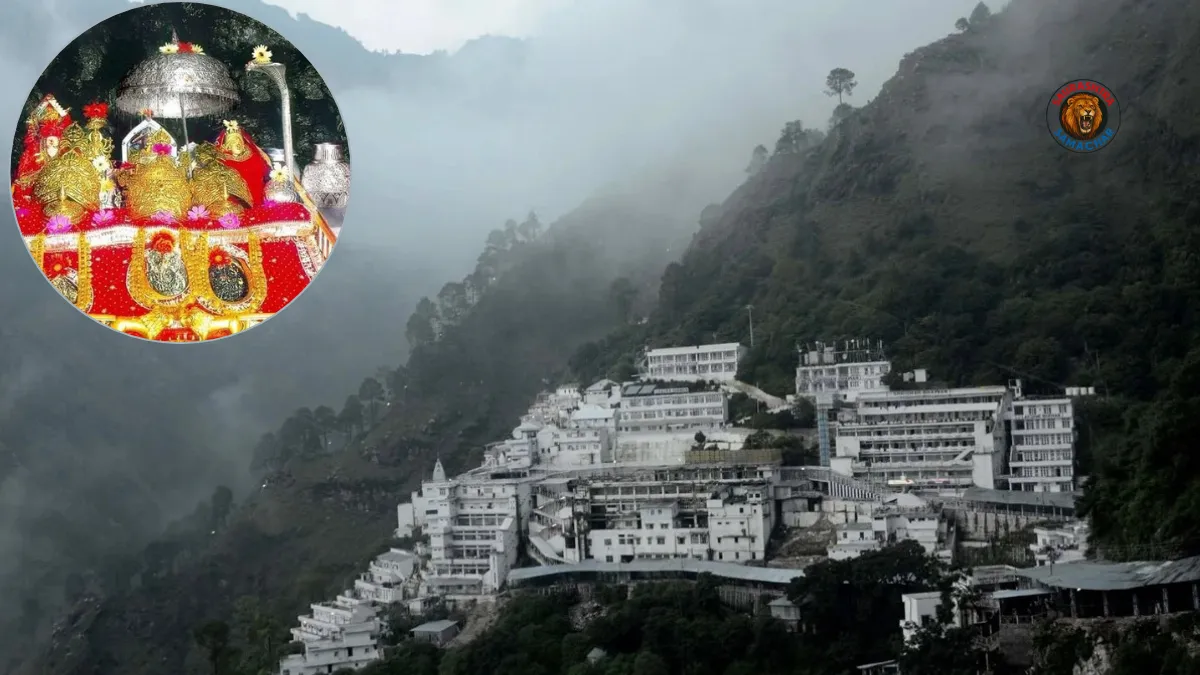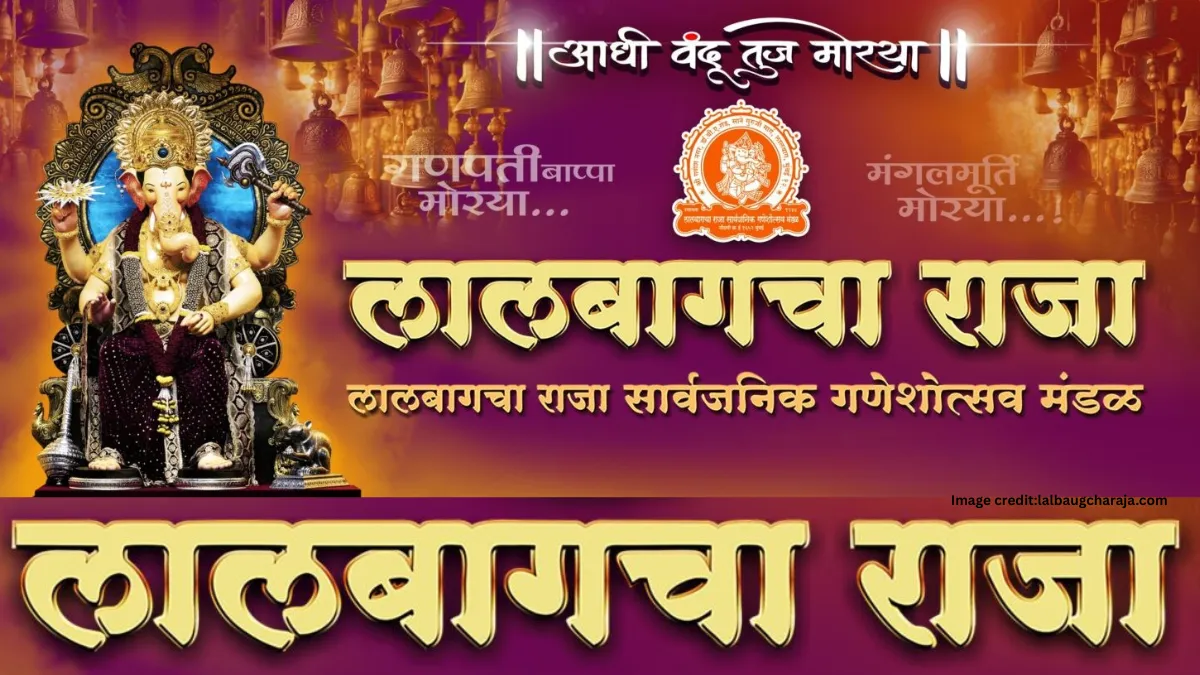Vaishno Devi is one of the holiest pilgrimage sites in India and holds a special place in the hearts of millions of Hindus. Located in the Trikuta Hills of Jammu and Kashmir, this sacred shrine is dedicated to Mata Vaishno Devi, a manifestation of Goddess Durga. The shrine attracts devotees from all corners of the world, who undertake the challenging yet spiritually fulfilling journey to seek the blessings of the Divine Mother.
The pilgrimage to Vaishno Devi is not just about reaching the holy cave—it is a journey of devotion, faith, and perseverance. Chanting “Jai Mata Di” while walking up the steep path, pilgrims believe that Mata herself calls her devotees when the time is right.
In this detailed guide, you will find everything you need to know about Vaishno Devi—its history, significance, travel details, accommodation, registration process, and tips for a smooth yatra.
The Spiritual Significance of Vaishno Devi
The story of Vaishno Devi is rooted in Hindu mythology. It is believed that the goddess was born as a combined incarnation of Mahakali, Mahalakshmi, and Mahasaraswati to end the suffering of humanity. Mata Vaishnavi performed penance and eventually took refuge in a cave in the Trikuta mountains when chased by the demon Bhairavnath.
According to the legend, Mata killed Bhairavnath after a long pursuit, but later forgave him and granted him salvation. Today, a small temple of Bhairavnath also exists near the main shrine, and devotees often visit it after paying respects to Mata.
The shrine represents divine feminine power, known as Shakti, and is considered one of the most powerful Shakti Peethas in India. For devotees, the pilgrimage symbolizes surrender, faith, and spiritual awakening.
The Journey of Vaishno Devi Yatra
The yatra to Vaishno Devi begins from the base town of Katra in Jammu. From Katra to the Bhawan (main shrine), the trek is around 13 kilometers. Pilgrims walk uphill through a well-maintained path that is lined with shops, food stalls, and resting areas.
The path is divided into important checkpoints:
- Banganga – The starting point of the trek where pilgrims take a holy dip before continuing.
- Charan Paduka – Believed to be the spot where Mata left her footprints while on her journey.
- Adhkuwari – A cave temple where Mata meditated for nine months. Pilgrims often stop here for blessings.
- Sanjichhat – The highest point on the trek, offering panoramic views of the Trikuta hills.
- Bhawan (Holy Cave) – The final destination where devotees get darshan of the three pindis symbolizing Goddess Kali, Goddess Lakshmi, and Goddess Saraswati.
Best Time to Visit Vaishno Devi
While the shrine is open year-round, different seasons offer unique experiences:
- Summer (March to June): Ideal for most devotees. Weather is pleasant, making the trek easier.
- Monsoon (July to September): Heavy rains can make the trek slippery, but nature is at its greenest.
- Autumn (October to November): Clear skies and festive vibes during Navratri make this a popular time.
- Winter (December to February): Cold weather and snow create a magical but challenging atmosphere.
If you prefer fewer crowds and a peaceful yatra, winter is the best season. For those seeking a festive and spiritual environment, visiting during Navratri is highly recommended.
Key Details About Vaishno Devi Pilgrimage
Here’s a quick reference table for pilgrims planning their yatra:
| Detail | Information |
|---|---|
| Location | Trikuta Hills, near Katra, Jammu & Kashmir |
| Altitude | Approximately 5,200 feet above sea level |
| Trek Distance | Around 13 km from Katra to Bhawan |
| Modes of Travel | On foot, ponies, palkis, battery vehicles, or helicopter services |
| Registration Requirement | Free Yatra registration from Katra (mandatory for all pilgrims) |
| Main Attraction | Holy Cave with three pindis (Kali, Lakshmi, Saraswati) |
| Best Time to Visit | March–June and October–February |
| Nearest Railway Station | Katra Railway Station |
| Nearest Airport | Jammu Airport (approx. 50 km away) |
| Darshan Duration | Varies from 3–12 hours depending on crowd |
Registration Process for Vaishno Devi Yatra
Before starting the yatra, registration is mandatory for all devotees. Registration can be done at the Yatra Registration Counter in Katra or online through the official website of the Shri Mata Vaishno Devi Shrine Board (SMVDSB).
Pilgrims are issued a Yatra Slip, which is checked at multiple points along the route. Without this slip, entry to the Bhawan is not allowed. Online booking also allows devotees to reserve rooms, helicopter tickets, and services in advance, making the journey hassle-free.
Travel Options to Vaishno Devi
- By Air: The nearest airport is Jammu Airport, about 50 km from Katra. From there, taxis and buses are easily available.
- By Train: Shri Mata Vaishno Devi Katra Railway Station connects Katra to major Indian cities.
- By Road: Regular buses, taxis, and private vehicles connect Jammu, Katra, and other nearby towns.
Modes of Travel During the Yatra
While many pilgrims prefer walking the 13 km trek, there are alternative options:
- Ponies & Palkis: Suitable for elderly or physically challenged pilgrims.
- Battery-operated vehicles: Available between Ardhkuwari and Bhawan for convenience.
- Helicopter Services: Helicopters operate from Katra to Sanjichhat, reducing the trek to just 2.5 km. Advance booking is recommended, especially during peak season.
Accommodation Near Vaishno Devi
Katra offers a wide range of accommodation options:
- Shrine Board Guest Houses: Affordable and well-maintained lodges run by SMVDSB.
- Hotels & Lodges: From budget-friendly rooms to luxury hotels, there are options for every traveler.
- Dharamshalas & Ashrams: Ideal for those seeking simple and spiritual lodging.
It’s advisable to book accommodations in advance, especially during Navratri and holiday seasons.
Food and Facilities
The entire yatra route is dotted with stalls serving pure vegetarian food. Alcohol, tobacco, and non-vegetarian items are strictly prohibited in the region. Free drinking water, medical centers, and blankets are also available for pilgrims.
Langars (community kitchens) provide free meals to devotees, reflecting the spirit of service and devotion.
Nearby Attractions Around Vaishno Devi
For travelers looking to extend their trip, several spiritual and scenic attractions are located nearby:
- Bhairavnath Temple: Located 2 km from the Bhawan, this temple is a must-visit after darshan.
- Shiv Khori Cave Temple: Famous for its natural Shivling, located around 70 km from Katra.
- Patnitop Hill Station: A beautiful retreat with scenic views, about 80 km from Katra.
- Raghunath Temple (Jammu): One of the largest temple complexes in northern India.
Essential Travel Tips for Vaishno Devi Yatra
- Book in Advance: Register online and secure accommodation and helicopter tickets early.
- Wear Comfortable Shoes: The trek is steep; proper footwear makes it easier.
- Carry Warm Clothes: Weather in the hills can change quickly, especially at night.
- Travel Light: Carry only essentials like water, medicines, and some snacks.
- Respect Local Customs: Avoid alcohol, smoking, or any prohibited activities.
Also read: Pavagadh Kalika Mata Temple Aarti Timings, History, Location, Festivals and Travel Guide
Why the Vaishno Devi Yatra is Special
Unlike many pilgrimages that are just about rituals, Vaishno Devi is about devotion and the journey itself. Walking alongside fellow devotees, chanting hymns, and experiencing the spiritual energy makes the yatra unforgettable.
Many pilgrims believe that you cannot simply decide to visit Mata Vaishno Devi; instead, Mata calls her devotees when the time is right. This belief makes the pilgrimage deeply personal and spiritual for millions who return year after year.
Also read: Satrunjay Mahatirth, Palitana: The Eternal City of Temples
Conclusion
Vaishno Devi is more than just a shrine—it is a living example of faith and devotion that unites millions of people. The journey may be challenging, but the sense of peace and fulfillment upon reaching the holy cave is unmatched. Whether you are seeking divine blessings, inner peace, or simply want to witness one of India’s greatest spiritual traditions, a visit to Vaishno Devi is truly a life-changing experience.
If you are planning your yatra in 2025, ensure proper registration, choose the right season, and prepare physically for the trek. With improved facilities and spiritual energy that uplifts every soul, Vaishno Devi continues to remain one of the most cherished pilgrimages in the world.














